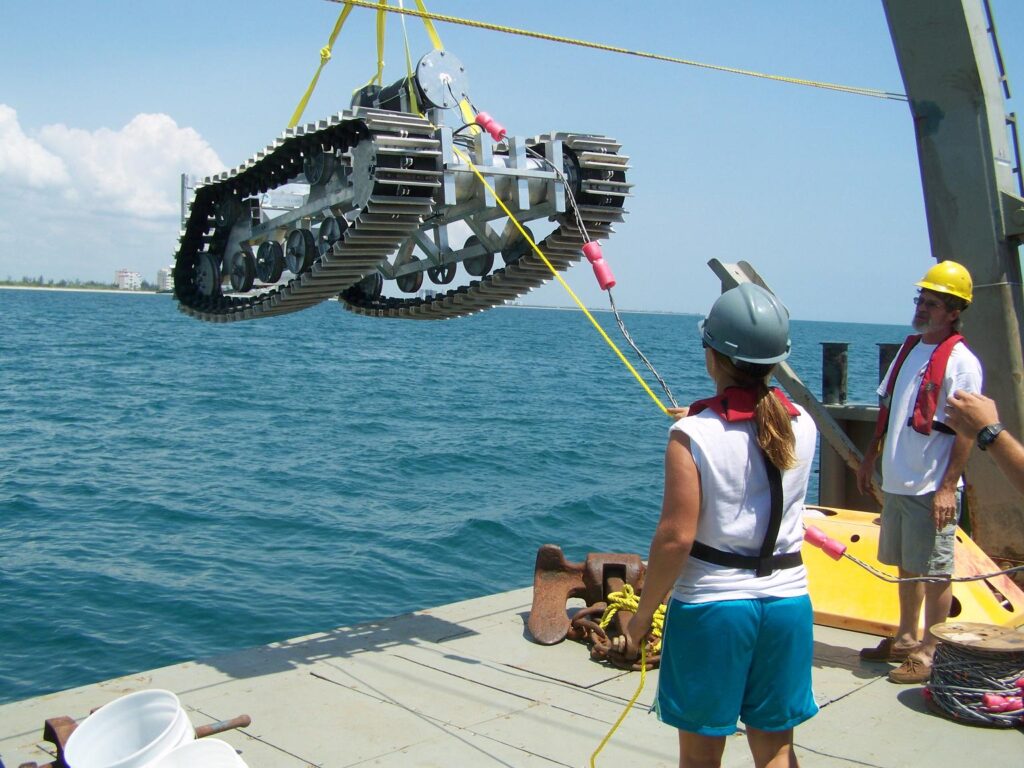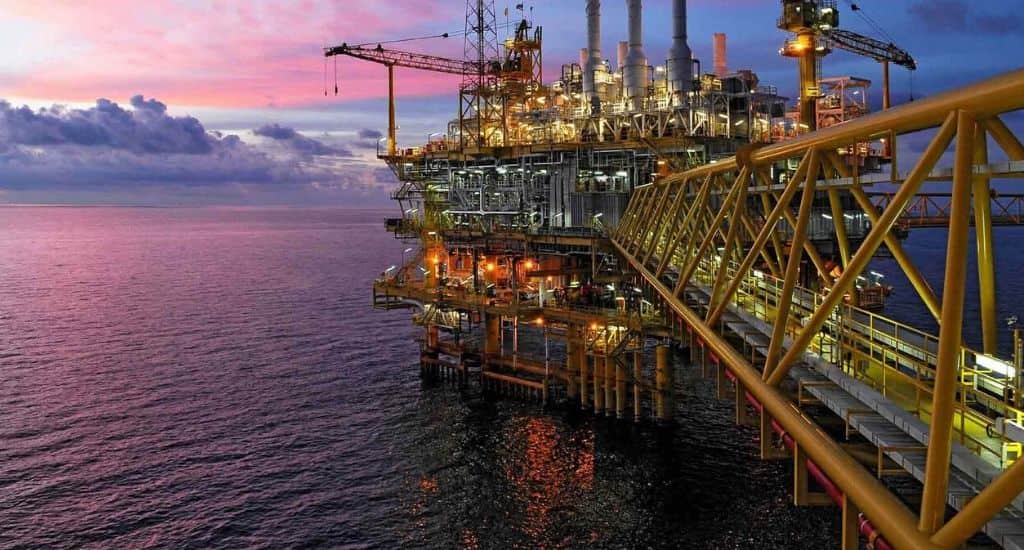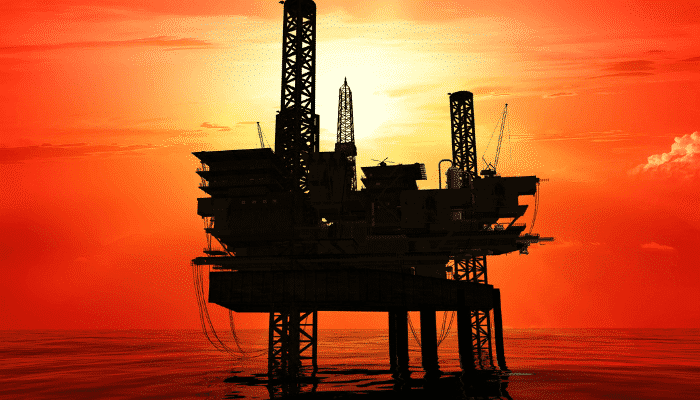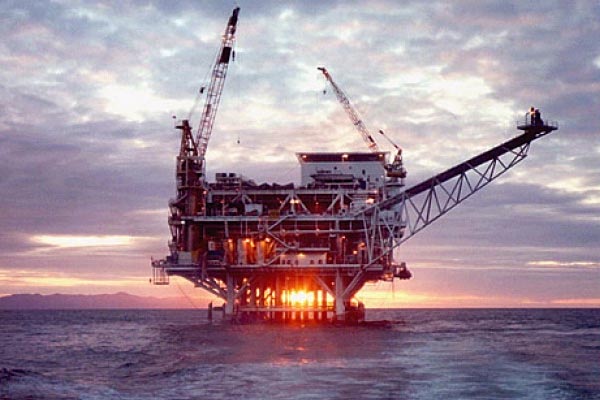Artificial Intelligence (AI) is the simulation of human intelligence in computers and machines, allowing them to perform tasks that typically require human intelligence. It involves the development of algorithms and computer programs that analyze data and make predictions or decisions with minimal human intervention. The ultimate goal of Artificial Intelligence research is to create systems that can function autonomously and exhibit human-like intelligence.
There are various branches of Artificial Intelligence, including Machine Learning, Natural Language Processing (NLP), Computer Vision, Robotics, and Expert Systems. Machine Learning focuses on the development of algorithms and statistical models that allow computers to learn from data and make predictions or decisions without explicit programming. NLP is concerned with enabling computers to understand, interpret, and generate human language. Computer Vision deals with enabling computers to interpret and understand visual information from the world, such as images and videos. Robotics involves the design and development of robots and autonomous systems that can perform tasks in the physical world. Expert Systems are AI applications that solve complex problems by reasoning about knowledge represented mainly as if-then rules.
Artificial Intelligence technology is being utilized in a wide range of industries, with the potential to bring about significant changes in the way we live and work in the future. However, its rapid development has raised a number of ethical and societal questions, such as the potential for Artificial Intelligence systems to automate jobs and the implications of Artificial Intelligence systems making decisions that affect human lives. As such, it’s important to carefully consider the potential consequences of Artificial Intelligence and ensure that its development aligns with ethical and societal values.
What is Ocean Engineering?
Ocean Engineering is a field of study that combines the principles of engineering, oceanography, and naval architecture to design, develop, and operate systems and structures in the marine environment. It encompasses a wide range of activities, including the design and construction of offshore platforms, ships and submarines, oceanographic instruments and systems, coastal structures, and underwater vehicles.
The primary goal of ocean engineering is to utilize the resources of the ocean in a sustainable manner, while also protecting the marine environment. This involves the development of technologies and systems that can operate in the challenging oceanic conditions, such as high winds, waves, currents, and pressure changes.

One of the major areas of focus in ocean engineering is offshore engineering, which involves the design, construction, and maintenance of offshore structures such as oil rigs, wind farms, and artificial islands. This requires a deep understanding of the dynamic forces acting on these structures, as well as the design of structures that can withstand these forces and provide a stable platform for operations.
Another important area of ocean engineering is the design and development of ships, submarines, and underwater vehicles. This involves the optimization of hull designs, propulsion systems, and control systems to ensure the safe and efficient operation of these vessels in the marine environment. In addition, ocean engineers also develop technologies for ocean exploration and observation, such as underwater robots, remotely operated vehicles, and autonomous underwater vehicles.
Finally, ocean engineers also play a key role in the protection and preservation of the marine environment. This involves the design and construction of coastal structures such as breakwaters, jetties, and sea walls to protect against erosion and storm surges, as well as the development of methods to monitor and mitigate the impact of human activities on the oceanic ecosystem.
In conclusion, ocean engineering is a multidisciplinary field that combines the principles of engineering, oceanography, and naval architecture to design and develop systems and structures for use in the marine environment. It plays a crucial role in ensuring the sustainable use of oceanic resources and the protection of the marine environment.
Role of Artificial Intelligence in Ocean Engineering
The integration of Artificial Intelligence (AI) into ocean engineering is a relatively new but rapidly growing field, and has the potential to revolutionize the way we approach oceanic problems and challenges. AI techniques such as machine learning, computer vision, and natural language processing can be applied to a wide range of ocean engineering applications, including offshore engineering, ship and submarine design, ocean observation and exploration, and coastal protection.
In offshore engineering, Artificial Intelligence can be used to optimize the design of offshore structures, improve safety, and increase efficiency. For example, Artificial Intelligence algorithms can be used to analyze large amounts of data related to ocean conditions and weather patterns, allowing engineers to better predict the forces acting on offshore structures and optimize their designs. Additionally, Artificial Intelligence can be used to automate the monitoring and maintenance of offshore structures, reducing the need for human intervention and increasing safety.
In ship and submarine design, Artificial Intelligence can be used to optimize hull designs, improve propulsion systems, and enhance control systems. For example, Artificial Intelligence algorithms can be used to analyze the hydrodynamic performance of ships and submarines, allowing engineers to identify areas for improvement and optimize their designs for greater efficiency and stability. Additionally, Artificial Intelligence can be used to automate the navigation and control of ships and submarines, reducing the need for human intervention and increasing safety.
In ocean observation and exploration, Artificial Intelligence can be used to improve the accuracy and efficiency of data collection and analysis. For example, Artificial Intelligence algorithms can be used to analyze large amounts of data from oceanographic instruments, such as sonars and CTDs, allowing engineers to identify patterns and trends that would otherwise be difficult to detect. Additionally, Artificial Intelligence can be used to automate the deployment and control of underwater vehicles, reducing the need for human intervention and increasing efficiency.

In coastal protection, AI can be used to improve the design and management of coastal structures, and to better understand the impact of human activities on the marine environment. For example, AI algorithms can be used to analyze large amounts of data related to ocean conditions and weather patterns, allowing engineers to better predict the forces acting on coastal structures and optimize their designs. Additionally, AI can be used to monitor the marine environment and identify potential threats, such as oil spills or algal blooms, allowing engineers to respond more quickly and effectively.
In conclusion, the integration of AI into ocean engineering has the potential to bring about significant improvements in the way we approach oceanic problems and challenges. AI techniques can be applied to a wide range of applications, including offshore engineering, ship and submarine design, ocean observation and exploration, and coastal protection, and can help to improve the accuracy and efficiency of data collection and analysis, optimize design and operation, and increase safety.
Drawbacks
While the integration of Artificial Intelligence (AI) into ocean engineering has the potential to bring about significant benefits, it also presents some challenges and drawbacks. Some of the main limitations of using AI in ocean engineering include:
- Lack of Interpretability: One of the main limitations of using AI in ocean engineering is that the results produced by AI algorithms can often be difficult to interpret and understand. This can make it difficult for engineers to determine the reasons behind the predictions and decisions made by AI systems, and can limit the ability to improve or modify the algorithms.
- Limited Data Availability: Another challenge in using AI in ocean engineering is the limited availability of high-quality data for training and validation of AI algorithms. This can make it difficult to train AI systems on the specific conditions and challenges present in the oceanic environment, and can limit the accuracy and reliability of the results produced by AI.
- Bias in Data: The quality and accuracy of AI algorithms depend heavily on the quality and bias of the data used for training. If the data used for training is biased or represents only a limited range of conditions, the AI system may produce inaccurate results or make biased decisions.
- High Computational Requirements: Many AI algorithms require significant computational resources, including large amounts of data storage, processing power, and memory. This can be a challenge in ocean engineering, where data collection and analysis often occur in remote or challenging environments with limited access to computational resources.
- High Cost: The development and deployment of AI systems in ocean engineering can be expensive, particularly when it comes to acquiring the necessary data and computational resources. This can limit the adoption of AI in ocean engineering, particularly in developing countries and small-scale operations.
- Safety Concerns: The use of AI in ocean engineering also raises concerns about safety, particularly when it comes to the operation of offshore structures, ships, and submarines. AI systems can malfunction or make incorrect decisions, and the consequences of these errors can be severe in the challenging and dangerous oceanic environment.

In conclusion, while the integration of AI into ocean engineering has the potential to bring about significant benefits, it also presents some challenges and drawbacks that must be carefully considered. Some of the main limitations of using AI in ocean engineering include limited data availability, bias in data, high computational requirements, high cost, and safety concerns.
Conclusion
In conclusion, Artificial Intelligence (AI) has the potential to revolutionize the field of ocean engineering by bringing about significant improvements in accuracy, efficiency, and safety. However, the integration of AI into ocean engineering also presents some challenges and limitations that must be carefully considered.
One of the main limitations of using AI in ocean engineering is the lack of interpretability of AI results, which can make it difficult to understand the reasons behind the predictions and decisions made by AI systems. Additionally, the limited availability of high-quality data for training and validation of AI algorithms, and the potential for bias in the data, can limit the accuracy and reliability of AI results.
Another challenge in using AI in ocean engineering is the high computational requirements of AI algorithms, which can be a challenge in remote and challenging environments with limited access to computational resources. The high cost of developing and deploying AI systems in ocean engineering can also limit the adoption of AI, particularly in developing countries and small-scale operations.
Finally, safety concerns are also a major consideration in using AI in ocean engineering, particularly in the operation of offshore structures, ships, and submarines. AI systems can malfunction or make incorrect decisions, and the consequences of these errors can be severe in the challenging and dangerous oceanic environment.
In conclusion, while the integration of AI into ocean engineering has the potential to bring about significant benefits, it is important to carefully consider the challenges and limitations of using AI in this field. The development and deployment of AI in ocean engineering should be approached with caution, taking into account the limitations of AI, the quality of data used for training, and the potential safety concerns.












